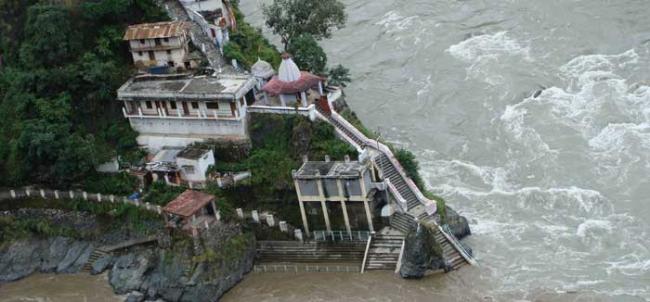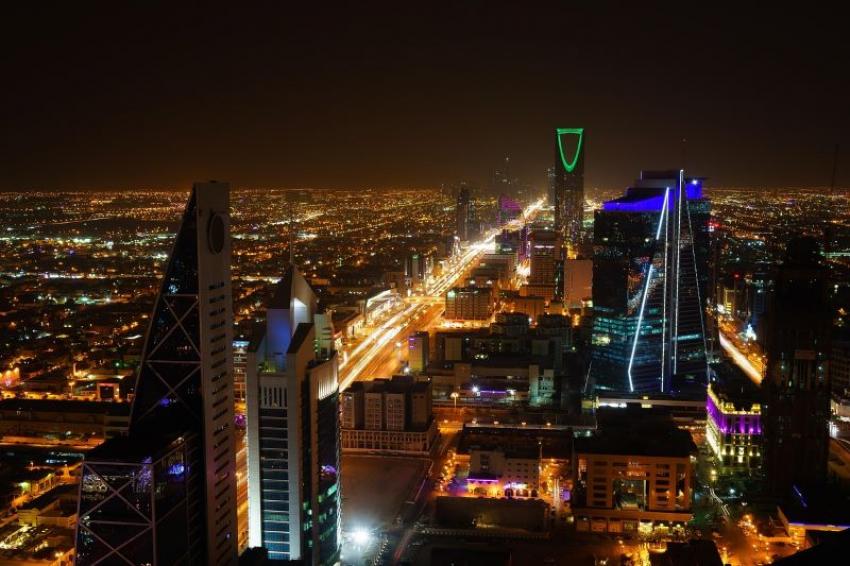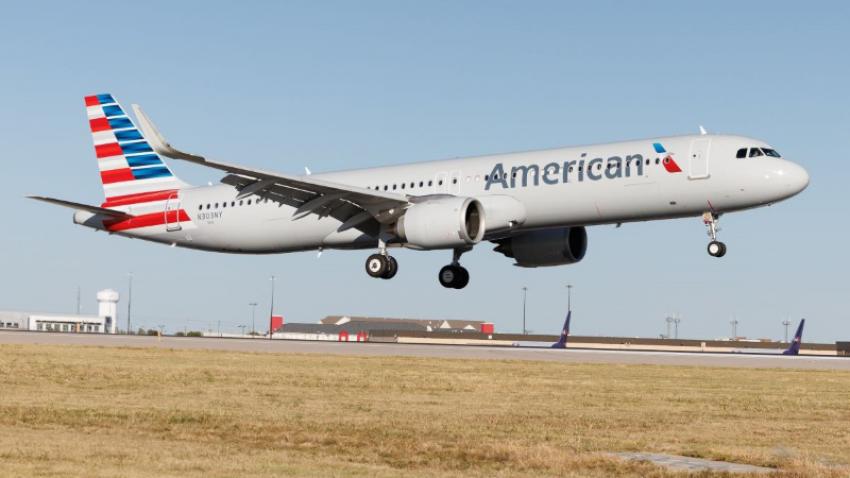Sujoy Dhar 02 Jul 2013, 05:09 am

Sujoy Dhar
The journey to the Charm Dham is a journey of the soul. Even for a pseudo-agnostic and restlessly self-indulgent creature like me, the sheer bodily stress and challenge the journey poses and the visual exuberance of the Himalayas it offers, make it a sublime experience in spirituality.
As you lumber along the mountains and edge toward every point, a humbling feeling sets in.
Ensconced in the lofty Himalayan peaks, the four Hindu pilgrim destinations -Yamunotri, Gangotri, Kedarnath and Badrinathji- are collectively known as Char Dham. They have beckoned the believers in their spiritual lap from time immemorial. The Hindus believe they wash their sins by visiting the dhams.
In keeping with the Hindu tradition of clockwise circumambulation, the Chardham is visited from left to right -beginning with Yamunotri, followed by Gangotri, Kedarnath and Badrinath.
Yamunotri
Our journey started from Hardwar on a September morning. On way was the famous Kempty Falls near Dehradun and Mussoorie. By evening we reached Rana Chatti for the night stay, putting up in one of the many grubby hotel rooms available there.
If not absolutely appalling, it remained a puzzle to me, why the hotels in such a compulsory stopover for tourists ( Rana Chatti), had to be so creaky.
Early the next day, from Rana Chatti we left for Hanuman Chatti (7200 feet), a hamlet from where you take a bumpy jeep drive to a point from where ponies are available for an excruciating, two-hour uphill ride of 13 km to Yamunotri at 10,804 feet. When you come down, the duration is halved. You can trek as well.
The chief attraction at Yamunotri is the temple devoted to goddess Yamuna- an idol of black marble- and the holy thermal springs at Jankichatti, which is seven km away. But a bath in hot water spring of Surya Kund near the temple is a must. Devotees also prepare rice and potatoes to offer at the shrine as they tie them in muslin cloth and lower them in one of the boiling springs in the mountain cavities. The rice cooked like that is also the Prasad of the goddess Yamuna.
Gangotri
From Yamunotri we headed for Uttarkashi. After a night’s stay there in the morning we went to the district forest office of Uttarkashi to collect our permission for visiting Gomukh in Gangotri. Gaumukh is inside the Gangotri National Park and only 150 travellers are allowed in a day. The journey from Uttarkashi to Gangotri is breathtaking and inspiring to say the least.
We had a quick lunch of chawl, roti and dal at Dharali, a village by the Ganges, barely 2 km from Harsil near Gangotri. Famous for its apple orchards and rajma, Dharali is quaintly beautiful with its pine tree-rimmed river bank.
We reached Gangotri at 3 pm and put up in a squeaky clean guest house.
In the evening we were witness to a ritual that marks the return journey of Ma Ganga to Gangotri from Mukhba, her winter abode. It is celebrated with music, dance, procession, ornate palanquins and prayer on the Gangotri temple premises.
Next morning began the biggest test of patience and physical endurance. We were all set for the never-ending and perilous 18-km trek to Gomukh, the snout of the Gangotri Glacier, from where Bhagirathi River (Ganges) starts flowing from a height of 11,500 feet.
Half way to Gomukh we felt we could not trudge any longer. My friend asked: Should we go back? But there was no easy return. The feet ached, we drank up all the water in our stock and as we walked through the sliver of a path meandering through the mountain, were actually felt like walking a tightrope at times. The loose rocks were hanging overhead, a wrong step could take you down hundreds of feet in the gorges below. It seemed an endless walk in the mountainous wilderness to a never, never land. There was only mountain, the icy peaks far away and the unsurpassed beauty of the Himalayan flora and fauna.
There seemed to be no end to that journey as we moved ahead expectantly to sight the midway resting place at Chirbasa. At places on the way, you have to negotiate single logs over mountain streams. The only company in the journey was the gurgling, roaring Ganges flowing about 700 feet below. Sometimes you spot the Hindu monks, the coolies with heavy baggage of the trekkers or a few foreigners walking in giant strides.
When we finally dragged ourselves to Bhojbasa negotiating the narrow path and mountain boulders, we could barely walk. We put up at the Lalbaba Ashram, since all GMVN (Garhwal Mandal Vikas Nigam) accommodations were filled. From there Gomukh is only 4 km but many actually fail to make it and return from Bhojbasa after the gruelling trek.
Gomukh, at Shivling , which is one of the icy peaks of the Gangotri glaciers, is a massive cavern from where Bhagirathi, the chief tributary of the river Ganga, has begun its course. At Gomukh you will find fragments of broken snow, as well as the hard clayey snow of the glacier. The Gomukh snout, due to the excessive visits of the tourists is rapidly moving backwards, reports say.
Kedarnath
We left for our third lap- Kedarnath- next day from Gangotri. It was raining and we halted unplanned at a hotel at Maneri for the night. Hotel Ganga Darshan is a humble place but Boxer, a dog of the owner, made it special for me. We became natural friends. The room was by the river and a parcel of paddy field overlooks the river and the mountains. I felt the young hotel owner was a king.
Next morning the road was getting slushy and there was enough reason to worry. Our driver Hari hustled us to leave early for Kedarnath. We passed through the beautiful Tehri region, the giant lake formed by a huge displacement during the construction of the famous dam there.
Our car cut its way through the white clouds all around us- below, above and on every side. If there is a heaven, I thought this is what it must look like.
We halted for the night at Srinagar on the banks of Alakananda river. It is close to Rudryaprayag, the grand confluence of Mandakini and Alakananda. The muddy coloured waters of Mandakini blends with the clear Alakananda river here.
The journey to Kedar continued again. There were waterfalls everywhere in the last leg as we approached Sitapur during night. It was mystic and the cars were moving in a convoy through the darkness with only the roar of the waterfalls as constant company.
At 7 am in the morning we were headed for Triyugi Narayan, the famous temple to God Vishnu. It is where the marriage of Shiva and Parvati was performed by Lord Vishnu. A fire burns perpetually in the temple and the tourists and villagers buy the logs to keep the flames alive.
Next we were headed for Gaurikund, the base point for the uphill 14-km trek to Kedarnath on horseback. It was still raining and the roaring Mandakini was issuing a constant forewarning of the hardship that precedes the road to piety.
As we climbed up on horseback the rain only increased. Water was flowing down the mountain path in torrents. It was as if a dam has breached.
When we reached Kedarnath temple from Gourikund, it was misty and raining still after a short letup. We were soggy but after dumping our luggage in a hotel, we wasted no time in heading for the temple to offer puja. Sri Kedarnathji shrine, one of the 12 Jyotirlingas of Lord Shiva, is against the backdrop of the majestic Sri Kedarnathji range. But the snowy peaks were hidden by a depressing veil of cloud when we reached. We offered the puja without much of a hassle as the priest guided us to the awe-inspiring sanctum sanctorum.
With the puja over as we came to the hotel room and sat before the coal oven to warm up, we could see through the window that the cloud outside had dispersed and the snow-capped mountain was shining majestically.
In the morning we reached back to Gourikund and it was time for a soul-purifying bath in the holy hot spring (kund) there.
Badrinath
From Gouri Kund we started for our last of the four dhams- Badrinath. It was a journey through Sitapur, Guptakashi and Chopta, the last one known as India’s mini Switzerland for its lushness. Expansive meadows, grazing livestock and the dense forests of Rhododendron and deodar make Chopta a picture perfect tourist destination, a little incongruent for its exotic charm in the land of gods.
But we were in a rush to reach Birahi in Chamoli district for the night halt.
At 7-30 am, we began our journey to Badrinath. The first and only halt was Joshimath for us where we had a nice breakfast and met many foreign tourists. The food joints here were melting pots of the global citizens. The road uphill was precarious and landslide prone, at places prayer is the only weapon to pass without being swamped suddenly. At Badrinath, the temple gate opens at 130 pm and we had clocked in well in time.
Guarded on either side by the two mountains Nar and Narayan, the Neelkanth Peak provides a splendid backdrop to Badrinath. According to GMVN information, legend has it that Lord Vishnu came to the area, called ‘Badri Van’, or the berry garden, to meditate after Narad rebuked the Lord for being immersed in worldly pleasures. The main deity is a meditating Lord Vishnu.
Facing the temple at the bank of Alaknanda River is a hot water spring known as "Tapt Kund", a bath in which is very refreshing to all travellers. Dedicated to Lord Vishnu, the temple of Shri Badrinathji, is 5 m high, built in the form of a cone with a small cupola of a gilt bull and spire.
The temple opens every year in the month of April-May and closes for winters in the third week of November.
But do not miss the Mana Village at Badrinath. It is inhabited by an Indo-Mongolian tribe, it is the last Indian village before Tibet.
- From kebabs to biriyani: Lucknow gets UNESCO honour for its royal cuisine
- Delta takes Spanish flavours to the skies
- Kolkata’s iconic Kathi Roll among world’s top 10 wraps: TasteAtlas
- Yellow Taxis and the Colours of Puja
- Starbucks introduces special Durga Puja inspired menu for Kolkata, with an attractive discount offer too
- Rosé All Day and Coastal Vibes: Dining at Chicago's The Hampton Social – River North
- A taste of South India this Durga Puja at Garden Café in Kolkata
- Ireland promotes culinary tourism in Germany with new food campaign
- Karim’s Entally launches heritage menu reviving old Calcutta flavours
- Sleepless in Budapest
Starting Nov 16, 2025, IndiGo will operate direct flights between Bengaluru and Riyadh, expanding its network to Saudi Arabia.
American Airlines will launch new seasonal service between New York (JFK) and Edinburgh, Scotland (EDI) in March 2026, expanding its international network.
Emirates will celebrate Diwali, the Hindu festival of lights, by offering special meals and entertainment on its flights to and from India between Oct 17 and 24, the airline said.





